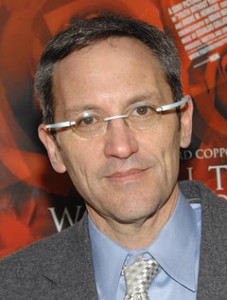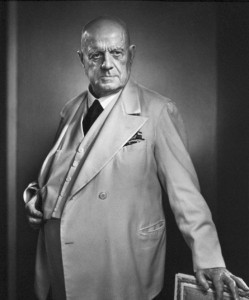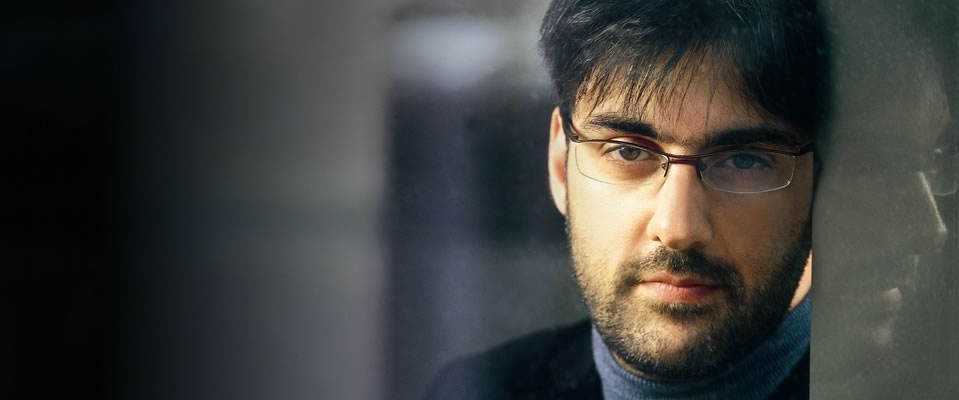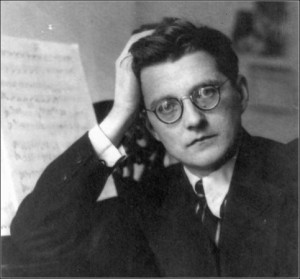A potential scandal in the world of contemporary classical music comes to us today from Eugene, OR of all places, via the Eugene Register-Guard. Bob Keefer writes about the reaction of two audience members at the recent Eugene Symphony performance of Osvaldo Golijov‘s Siderius:
But when the concert opened with Golijov’s “Sidereus,†a 9-minute composition that premiered in 2010 in Memphis, Tenn., the two men looked at each other in shock.
That’s because, both said on Friday, they recognized large parts of Golijov’s composition from a different composer’s piece, one they both had been working with recently: accordionist Michael Ward-Bergeman’s 2009 work, “Barbeich.â€
The two gentlemen in the audience that night were Brian McWhorter, a trumpet professor at the University of Oregon, and Tom Manoff, an NPR classical music critic and writer. Mr. Manoff being the driven journalist that he is, has beaten me to the punch and offered a rather extensive blog post on this developing story in which he analyzes passages of both scores and tells us that they match up in many respects.
Gracious readers, here is a chance to listen and judge for yourselves.
First, a clip from about one minute into Sidereus, ostensibly by Mr. Golijov:
And a parallel fragment from Mr. Ward-Bergeman’s Barbeich for hyper-accordion:
It doesn’t take a musical genius to hear that these clips are two different versions of the same music. Let’s take a listen to the B section:
Golijov:
Ward-Bergeman:
You get the idea. Here’s what Mr. Golijov said about the work in an interview with his publisher:
For the “Moon†theme I used a melody with a beautiful, open nature, a magnified scale fragment that my good friend and longtime collaborator, accordionist Michael Ward Bergeman came up with some years ago when we both were trying to come up with ideas for a musical depiction of the sky in Patagonia. I then looked at that theme as if through the telescope and under the microscope, so that the textures, the patterns from which the melody emerges and into which it dissolves, point to a more molecular, atomic reality. Like Galileo with the telescope, or getting close to Van Gogh’s brushstrokes.
While Mr. Golijov may not be able to come up with his own musical ideas, he is certainly a potent generator of BULLSHIT. What I think he meant to say was that he took Mr. Ward-Bergeman’s theme and created an arrangement.
In his blog post Mr. Manoff writes that he is awaiting responses from both Mr. Golijov and Mr. Ward-Bergeman, and he suspects they must have had a financial or personal agreement. Certainly they must have. This “borrowing” is so obvious that Mr. Golijov never could have gotten away with just using it and not saying anything. But is it plagiarism?
These things are rarely so clear-cut in music. The various jobs that writers have in the profession – orchestrator, composer, arranger – leave tremendous room for interpretation. A Composer may be nothing more than a tunesmith or a “whistler”; a professional orchestrator may in fact do the lion’s share of the actual composing. So who gets the credit? Look at the case of Robert Russell Bennett, the greatest of the Golden Age Broadway orchestrators: Bennett was a composer in his own right, and his compositions pale in comparison to the great numbers that he orchestrated for the likes of Richard Rodgers. Rodgers may not have had the time or ability to form his own music into full-fledged musical fabrics, but obviously it was his material that made all the difference.
Then there’s Duke Ellington and Billy Strayhorn. Who was the composer and who was the arranger? Were there any such boundaries? Often one would write the first half of a piece and the other would complete it. Duke almost always got the credit no matter how much work Strayhorn had done on the music. But, so the thinking goes, this was to Billy Strayhorn’s benefit: the music sold much better with Duke’s name on it, and Strayhorn reaped significant financial rewards from their arrangement.
At least 9 out of the 11 minutes in Sidereus are based on Mr. Ward-Bergeman’s Barbeich. Though Golijov adds what I presume to be his own introduction, interlude, and coda, and diverts the melody here and there, I think an honest musician would have to call this piece an arrangement. Certainly many an arranger has done a lot more work than Golijov did and received less credit for it. At the very least, I think it’s a little underhanded of Golijov to have fulfilled a commission under his own name with this work if he didn’t clear the concept with his publisher/commissioning agency.
You can listen to the entirety of Sidereus here and the entirety of Barbeich here and make up your own mind: what do you think?
A few additional remarks:
1) Mr. Ward-Bergeman does indeed have a long history of collaboration with Golijov: he is a member of the “Andalucian Dogs” on the Ayre disc, and a musician on the Tetro soundtrack. Could this piece have been another instance of their musical collaboration?
2) I interviewed the work’s dedicatee, Mr. Henry Fogel, on the occasion of Sidereus‘s Chicago premiere and included a few extra notes about it in a blog post here.
3) “Sidereus” is one of the most awful titles in musical – nay, titular – history.
4) The accordion, and in fact all the members of the squeezebox family, are totally badass. Witness.
5) This, in case you all didn’t read it already.
 Osvaldo Golijov (1960 – )
Osvaldo Golijov (1960 – )




